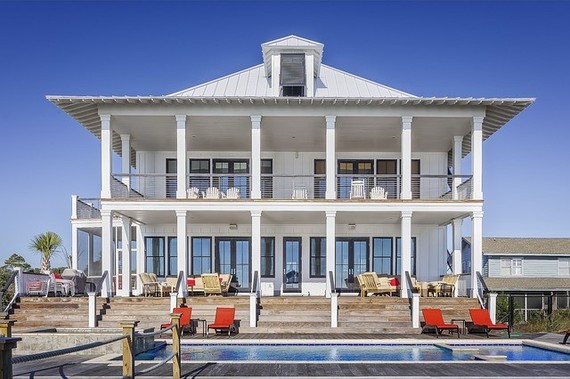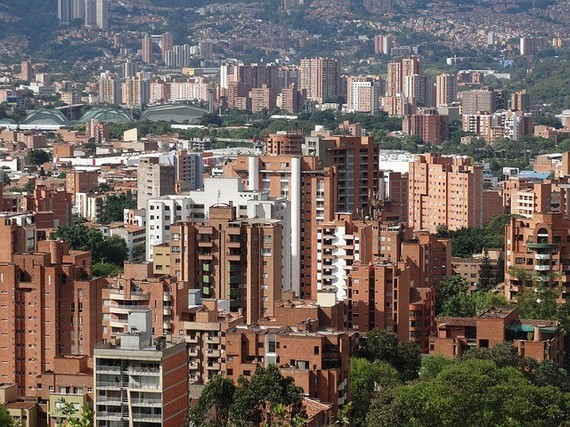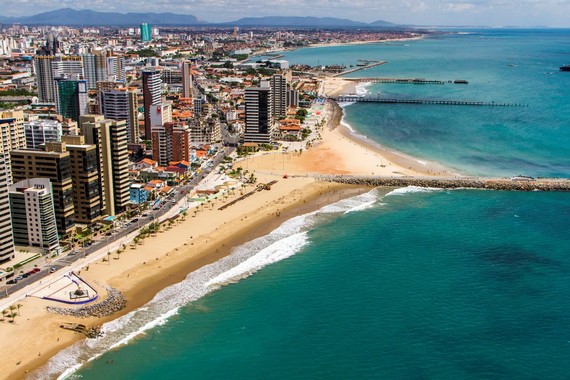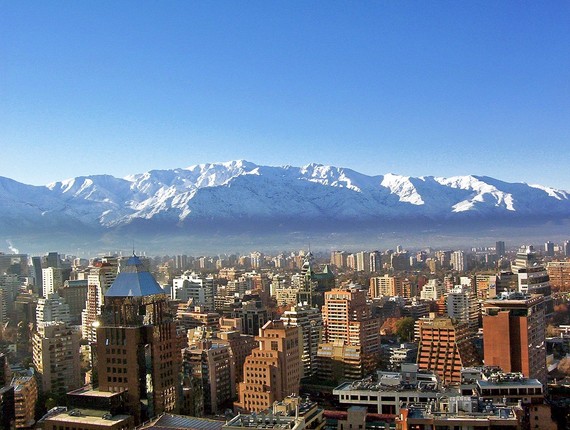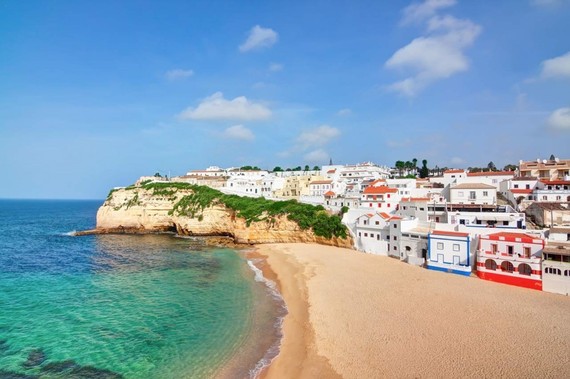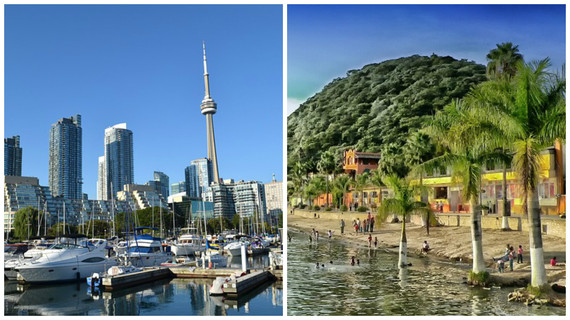If you're shopping the world map, trying to choose where to live, retire or invest in a second home overseas, you don't want to make your decision based entirely on currency exchange rates. However, you do want to pay attention to them. The U.S. dollar is now so strong against currencies in some of the world's most appealing retirement and vacation home destinations that real estate in these places is trading at discounts too great to ignore.
The dollar has been moving up against some currencies since 2010, but the most dramatic gains have been over the past 12 to 18 months. The dollar began rising notably against many currencies in mid-2014, and it continues moving up today.
Here's a summary of U.S. dollar activity versus currencies in key overseas retirement and property havens. As you'll see, ongoing exchange-rate movements are resulting in some surprising market twists.
For example, Ecuador, long a benchmark for real estate values, has offered top value for the money for the past decade-and-a-half. In Cuenca, Ecuador's most popular city for expat retirees, real estate is selling for around US$1,200 per square meter. That's only US$112 per square foot, a bargain for city life anywhere.
However...
Colombia. Thanks to the current exchange rate between the Colombian peso and the U.S. dollar, the average cost of property in Medellín, Colombia, another top city choice for expat retirees, with a Euro-chic cosmopolitan lifestyle, pleasant year-round climate, and luxury housing options, has fallen to less than $965 per square meter in that city's most expensive neighborhood, El Poblado. That's just $90 per square foot.
I want to drive this point home: This is cheaper than the cost of buying property in Cuenca, which offers nowhere near as high-end a lifestyle as this budget buys in Medellín. Medellín, Colombia, is perhaps the best property buy in the world right now.
Brazil. Brazil is another great example. Real estate in Fortaleza's upscale Aldeota neighborhood is currently trading for $1,010 per square meter ($93 per square foot) on average. The average cost in this part of this appealing coastal city was $2,400 per square meter in 2010. Thanks to the exchange rate, prices have fallen by more than half for U.S. dollar holders. Unlike in Colombia, you shouldn't buy in Brazil for capital gain or investment return; however, if you're interested in retirement on a white-sand beach, Brazil has some beautiful ones that are right now an almost unbelievable bargain.
Chile. Prices are down more than 30 percent in Chile in the past five years thanks to the dollar's strength versus the Chilean peso.
The dollar's surge against the euro makes property prices in any country where real estate trades in euros 26 percent more affordable for U.S. dollar holders today than in 2010.
Portugal. Worth highlighting in Europe is Portugal, Live and Invest Overseas' 2015 pick for the world's top retirement haven. Recessed markets coupled with the dollar's strength mean you could own a seaside home of your own in Portugal's sunny Algarve region for as little as $150,000 or less.
Canada and Mexico. The dollar is up nicely against the currencies of its two nearest neighbors. The U.S. dollar is 32 percent stronger versus the Canadian dollar than it was in 2010 and 35 percent stronger versus the Mexican peso than five years ago, making both these markets more interesting for American retirees. Canada isn't generally thought of as a top retirement choice, but Ontario offers appealing lifestyle options, especially for part-year living. Escape south during Canadian winter, maybe to Mexico, a well-established snowbird option. Today's surging greenback makes that kind of dual retirement strategy more reasonable and possible than ever.
I don't usually recommend following exchange rates as a method for choosing where to live or retire overseas or when to time the purchase of property in another country. However, currency discounts like the ones U.S. dollar holders are enjoying in key markets right now are too big and far-reaching to ignore.
Before taking the plunge into a U.S. dollar-based country (such as Ecuador or Panama), make sure one of the currency-discounted countries won't fit the bill for you. It could save you a lot of money and enable you to buy amenities, a standard of living, and even a level of luxury that you might not be able to afford otherwise.
Related Articles:
Earlier on Huff/Post50:

